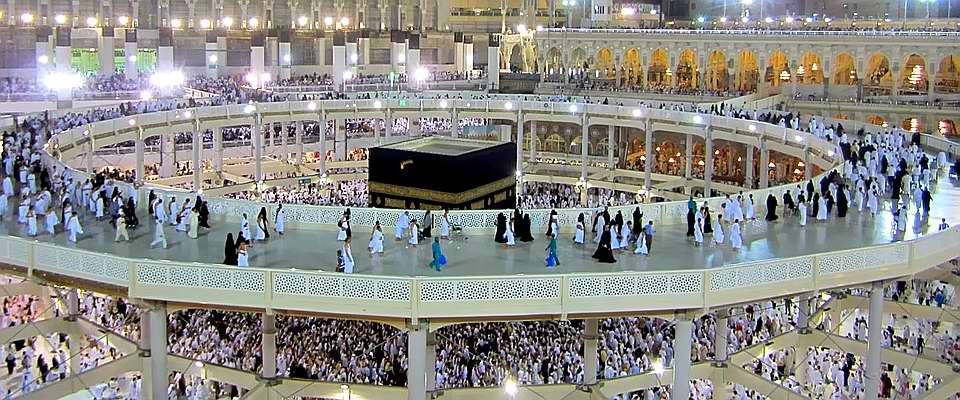Saudi Arabia deployed large numbers of special forces on Saturday on the last day of Haj.
Dozens of “special emergency force” troops were seen on one level of the Jamarat Bridge, a five-storey structure in Mina where pilgrims ritually stone the devil.
Many more special troops patrolled the network of roads leading to the Jamarat Bridge.
Pilgrims on Saturday flooded the area to perform the stoning for a third time on the last day of Haj.
Most pilgrims begin leaving on Saturday, returning to Makkah where they circumambulate the holy Kaaba before going home.
“We are thankful to our brothers in Saudi Arabia for this effort,” said Abdullah Ali, a 38-year-old Emirati, who blamed other pilgrims for the deadly stampede and urged more awareness.
A breakdown of the nationalities of the 769 pilgrims killed in the stampede is yet to be officially issued as the difficult process of identification continues.
But several foreign countries, largely African and Asian, have announced deaths.
Only around 250 deaths in total have been officially confirmed by foreign officials.
Indian government raised its estimated death toll for Indian citizens from 14 to 18, while Pakistan raised its estimated death toll from eight to 11.
Iran claimed in a state TV broadcast that among those Iranians still missing are Ghazanfar Roknabadi, a former ambassador to Lebanon, as well as two Iranian state TV reporters and a prominent political analyst.
According to the TV report, 134 Iranian pilgrims died and 85 were injured in the Thursday incident, while 354 Iranian pilgrims remain missing.
Meanwhile, frustrated families have been left with the painful task of trying to find out for themselves whether loved ones are dead or alive.
“They say they don’t have his name registered,” an Egyptian pilgrim said after arguing with reception staff at Mina Emergency Hospital.
The pilgrim, who gave his name only as Abdullah, said he was searching for his 36-year-old neighbour.
“I’ve been going around hospitals but couldn’t find him. They told me go to the morgue,” said Abdullah. “We can’t find him, neither among the wounded nor among the dead.”
Leaving the hospital was another Egyptian, looking for a fellow pilgrim who was staying in the same part of Mina’s tent city used for the hajj.
“I don’t have the nerves to talk,” he said. “His wife is breaking down at the camp. She didn’t even perform the hajj rituals.”
Upstairs, another man, Tareq, went from room to room seeking the wife of a fellow pilgrim.
“Her husband is at the camp and couldn’t look for himself, he’s in such a state of shock. We are helping him,” said the Egyptian, rushing from internal medicine to the surgical ward.
Rushing up and down the stairs, Mohammed Bilal, also Egyptian, looked in vain for a friend’s 60-year-old mother, whose phone has been switched off since the disaster.
“The first thing we did was go check if she’s among the dead in Muaisem, but we found nothing,” he said, referring to an area near Mina where the morgue is located. “We then began going from hospital to hospital.”
At the information desk, a frustrated black-clad Saudi woman, who was with her husband, asked about her missing 43-year-old brother.
They had been searching hospitals, floor by floor, to find him, she said, asking not to be named.
“We gave his name and picture to all hospitals,” and the family asked relatives in other Saudi cities to also check, in case he had been transferred elsewhere, she said.
Officials referred them to the Muaisem morgue. The brother wasn’t there but her husband came out in tears, distraught at the scene he had witnessed. SAUDI GAZETTE






 WhatsApp us
WhatsApp us 

